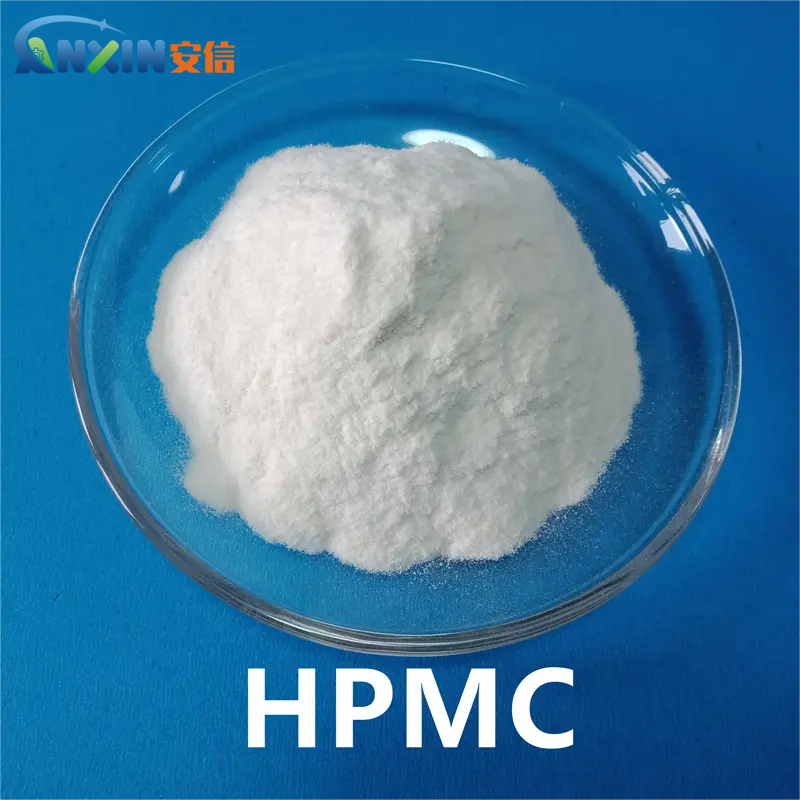(HPMC) What’s the difference with or without S?
It seems you’re referring to Hydroxypropyl Methylcellulose (HPMC), a widely used polymer in various industries including pharmaceuticals, construction, food, and cosmetics. The difference between HPMC with and without the letter ‘S’ might pertain to different grades, formulations, or specific products.
Hydroxypropyl Methylcellulose (HPMC) is a semi-synthetic, inert, viscoelastic polymer derived from cellulose. It’s typically produced through the chemical modification of cellulose, which involves treating cellulose with alkali and propylene oxide to introduce hydroxypropyl and methyl groups.
Here are some key points about HPMC:
Chemical Structure: HPMC consists of long chains of glucose units with hydroxypropyl and methyl groups attached to some of the hydroxyl (-OH) groups. The ratio of these substituents can vary, leading to different grades of HPMC with distinct properties.
Physical Properties: HPMC is water-soluble and forms transparent, viscous solutions when dissolved in water. Its viscosity can be controlled by adjusting parameters such as molecular weight, degree of substitution, and concentration.
Applications:
Pharmaceuticals: HPMC is commonly used in pharmaceutical formulations as a thickener, binder, film former, and sustained-release agent in tablets, capsules, and topical formulations.
Construction: In construction materials such as mortars, renders, and tile adhesives, HPMC improves workability, water retention, and adhesion.
Food: HPMC is used in food products as a thickener, stabilizer, and emulsifier. It’s often found in dairy products, sauces, and desserts.
Cosmetics: HPMC is included in cosmetics and personal care products like creams, lotions, and shampoos to enhance texture, stability, and film-forming properties.
Benefits:
HPMC imparts excellent water retention properties, which is crucial for applications like cement-based mortars where prolonged hydration is required for proper curing.
It improves adhesion and workability in construction materials, contributing to better performance and durability.
In pharmaceuticals, HPMC facilitates controlled drug release and enhances tablet disintegration properties.
HPMC is considered safe for consumption and is widely accepted in food and cosmetic products.
Grades and Specifications: HPMC is available in various grades and specifications tailored to specific applications. These include differences in viscosity, particle size, substitution level, and other parameters to meet the requirements of different industries and formulations.
Regulatory Status: HPMC is generally recognized as safe (GRAS) by regulatory authorities such as the U.S. Food and Drug Administration (FDA) when used in accordance with good manufacturing practices.
HPMC is a versatile polymer with diverse applications across industries. Its properties can be tailored to meet specific requirements, making it a valuable ingredient in various formulations and products. If you have more specific information regarding HPMC with or without the letter ‘S’, please provide additional context for a more targeted explanation.
Post time: Apr-06-2024
